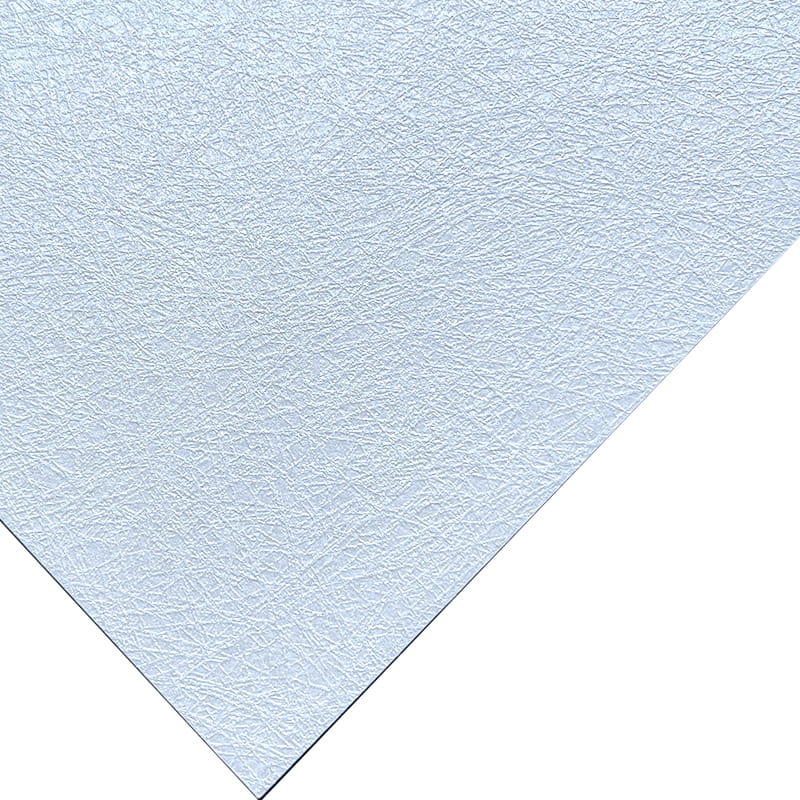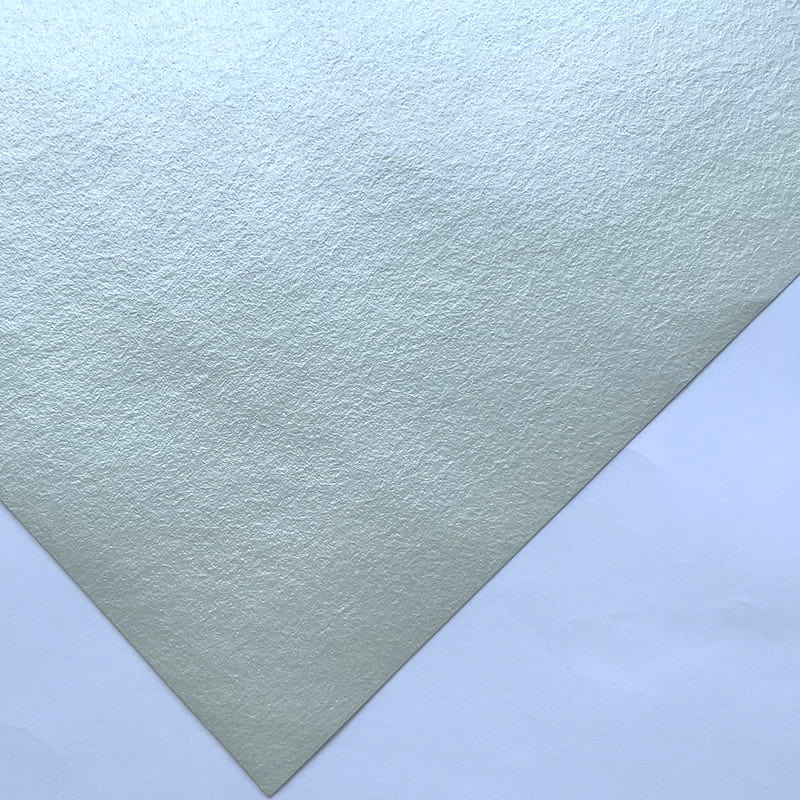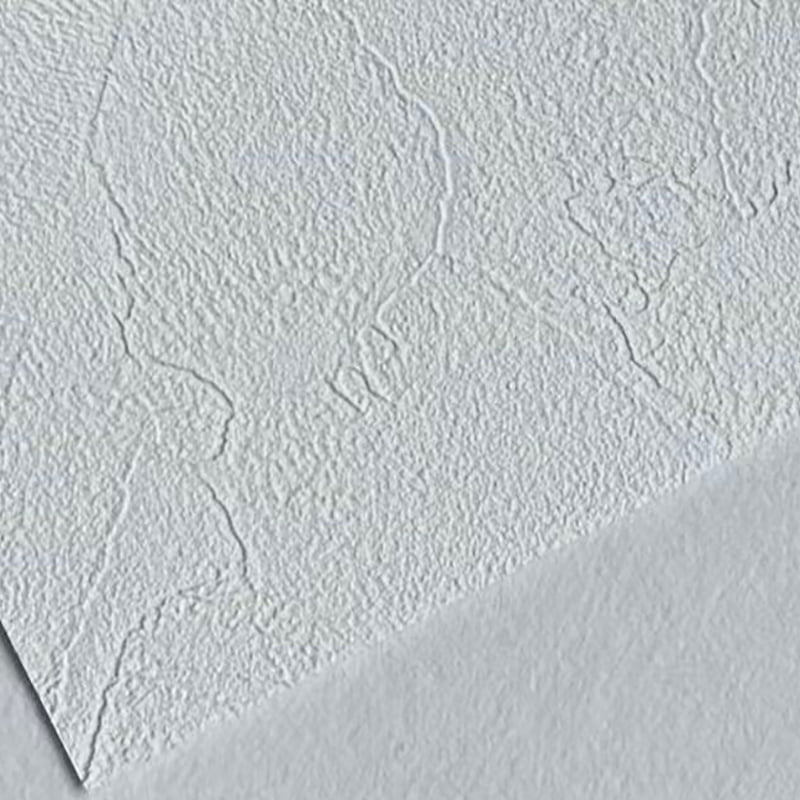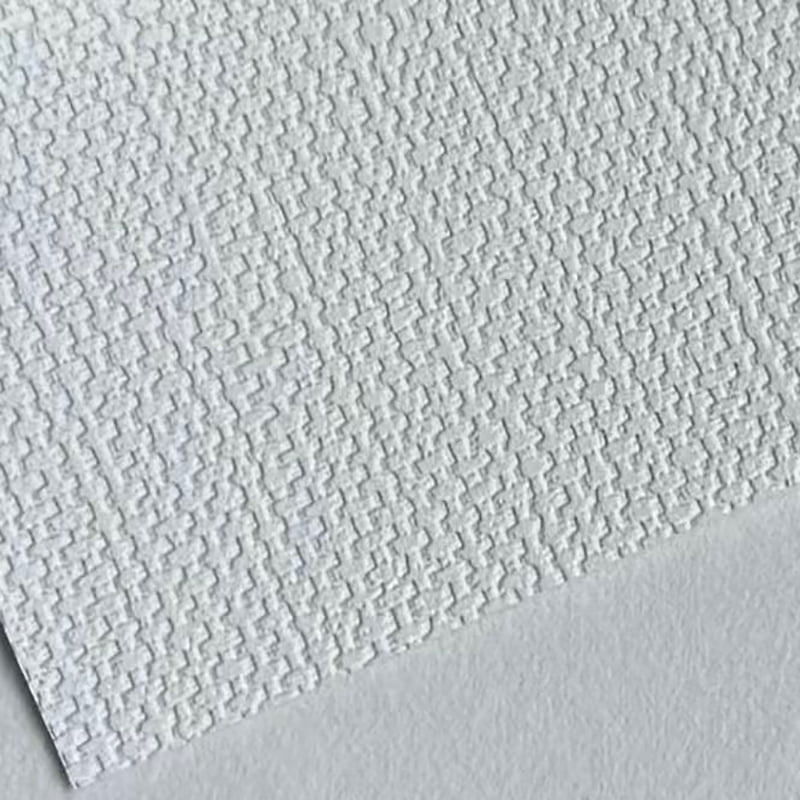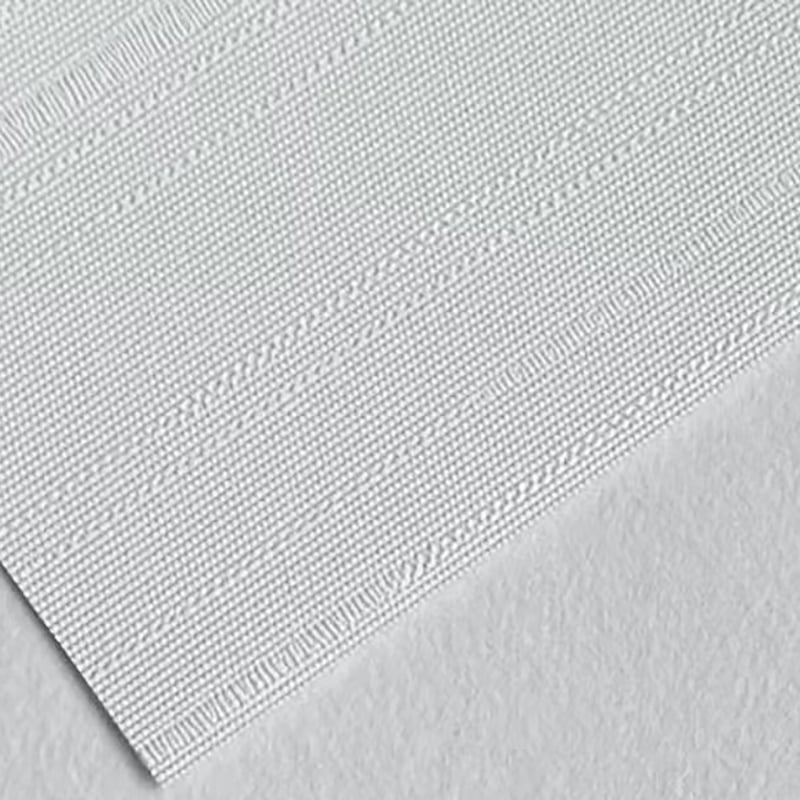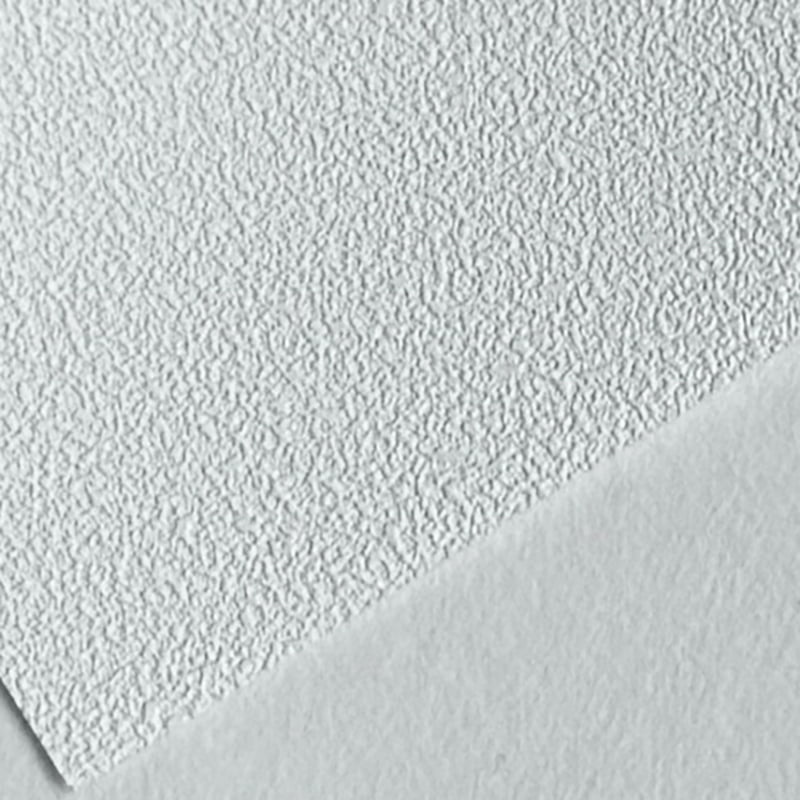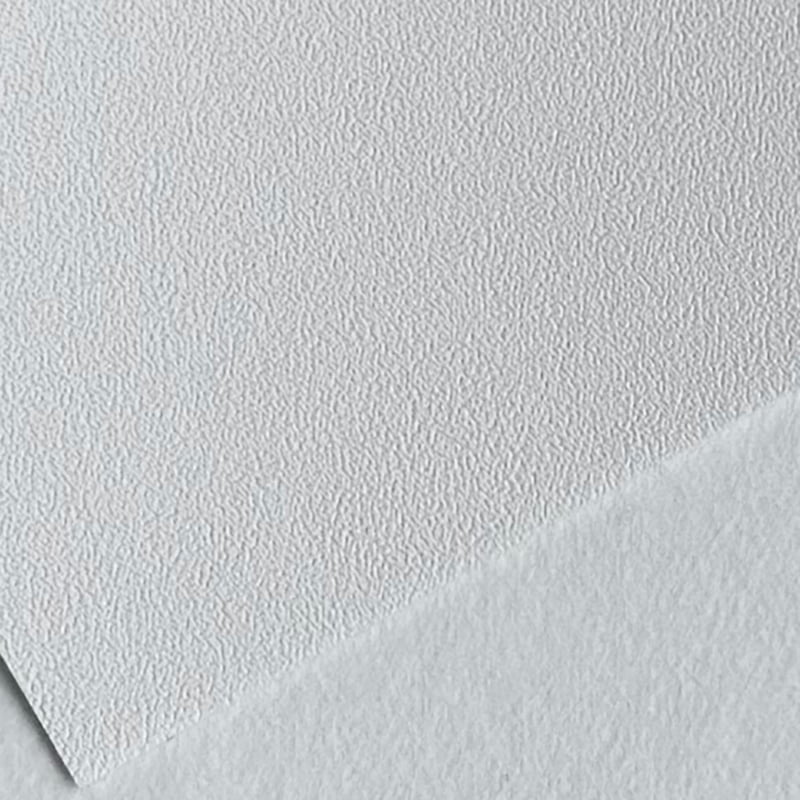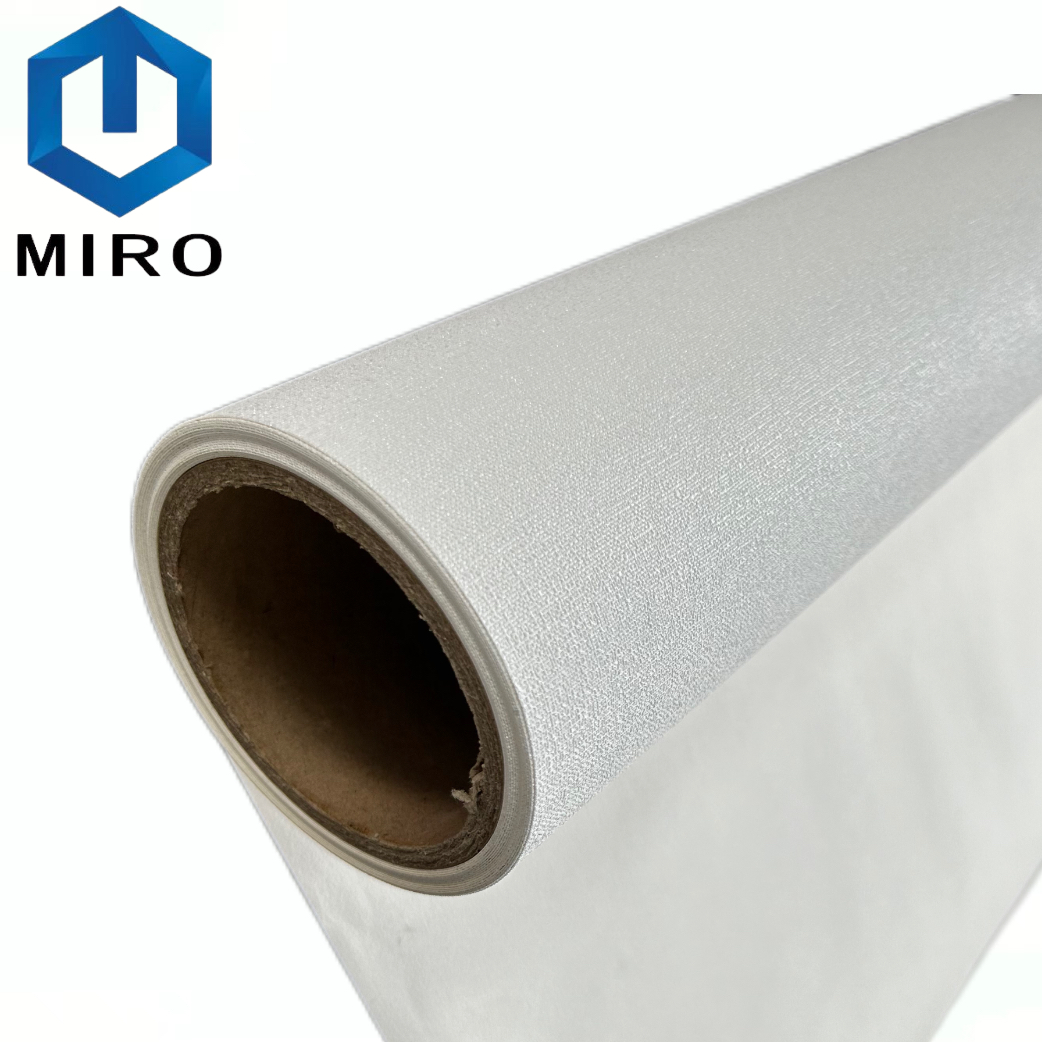Walls are no longer treated as plain backgrounds; instead, they are now recognized as powerful design components that can influence atmosphere, style, and even environmental comfort. Within this expanding industry, coated non-woven wallpaper has emerged as one of the most prominent materials, representing a balance between durability, visual appeal, and functional performance.
Unlike traditional wallpapers that often rely on paper or simple vinyl substrates, coated non-woven wallpapers combine the structural benefits of non-woven fibers with advanced coating technologies. This unique combination provides improved strength, easier installation, and enhanced design versatility.
Industry Background and Development Trends
The evolution of non-woven wallcoverings
Non-woven materials were initially developed as an alternative to traditional paper substrates, offering improved stability, tear resistance, and ease of handling. Unlike woven fabrics or pure paper bases, non-woven substrates are manufactured by bonding fibers mechanically or chemically, creating a stable structure that does not expand or contract with changes in temperature and humidity. This structural advantage made non-woven wallpapers particularly suitable for modern buildings, where climatic fluctuations and large wall surfaces demand reliable and dimensionally stable solutions.
When a coating layer is added, typically involving vinyl or advanced polymers, the material gains additional properties such as water resistance, enhanced durability, and a wider range of textures. This development led to the rise of vinyl coated non-woven wallpaper, which quickly became a mainstream choice in both residential and commercial settings. The coating not only improves performance but also enhances the surface’s ability to carry detailed prints, metallic finishes, and embossing effects, making the product more appealing to design professionals.
The role of coating technologies in the industry
The coating applied to non-woven substrates is more than just a protective film; it defines the functional identity of the wallcovering. For example:
- Washable coated non-woven wallpaper provides long-term practicality in households where cleanliness is essential, such as kitchens, children’s rooms, and healthcare facilities.
- Luxury coated wallpaper integrates tactile finishes like silk effects, stone textures, or metallic layers, serving the demand for premium design in luxury apartments, hotels, and corporate offices.
- Fire-resistant non-woven wallcovering addresses safety regulations in public and commercial projects, offering compliance with international building codes while maintaining aesthetic qualities.
Global design and lifestyle trends
The development of coated non-woven wallpapers has also been influenced by broader lifestyle and cultural shifts. As urbanization continues, living spaces are becoming smaller, leading to a stronger emphasis on visual enhancement through wall decoration. Wallpapers with breathable, eco-friendly, and durable characteristics are preferred over paints or laminates, which may not offer the same balance of aesthetics and performance.
Another key trend is sustainability. Growing awareness of indoor air quality and ecological responsibility has spurred the demand for eco-friendly coated non-woven wallpaper. Unlike some conventional products that release high levels of volatile organic compounds (VOCs), modern eco-friendly wallpapers are designed to be low-emission and recyclable, aligning with global green building initiatives.
Shifting consumer expectations
The evolution of the coated non-woven wallpaper industry reflects a shift in consumer priorities. Previously, wallpapers were primarily purchased for decorative value. Today, they must satisfy a broader set of requirements, including:
- Functionality (washability, fire resistance, durability).
- Health and safety (eco-friendly, breathable).
- Aesthetic quality (luxury textures, vivid printing).
- Personalization (custom printing, bespoke design).
Emerging market dynamics
In emerging economies, rapid urban development and rising disposable incomes are fueling demand for durable yet affordable wallcoverings. Coated non-woven wallpapers, particularly those categorized as washable and durable non-woven wallcovering, are gaining popularity because they represent a long-term investment compared to short-lived alternatives.
In developed regions, the emphasis is shifting toward luxury and eco-friendly variants, reflecting consumer willingness to pay a premium for sustainability and design. This divergence in demand patterns illustrates the adaptability of coated non-woven wallpaper as a product category capable of serving diverse markets.
Materials and Technical Characteristics
Non-woven substrate advantages
The foundation of coated non-woven wallpaper is the non-woven substrate, which is created by bonding fibers together using mechanical, chemical, or thermal methods rather than traditional weaving. This method yields several notable advantages:
- Dimensional stability: Non-woven substrates resist expansion and contraction caused by humidity and temperature changes. This ensures that walls remain smooth and free of unsightly bubbles or wrinkles.
- Tear resistance: Unlike paper-based wallpapers, non-woven substrates are durable and resistant to tearing during installation or removal, making them ideal for large wall surfaces or high-traffic areas.
- Breathability: High-quality non-woven bases allow for moisture vapor transmission, reducing the risk of mold growth and maintaining indoor air quality. This characteristic is especially important in residential spaces seeking eco-friendly coated non-woven wallpaper solutions.
- Ease of installation: Non-woven wallpapers can typically be hung using the “paste-the-wall” method, simplifying installation and reducing labor costs compared to traditional wallpapers.
Coating technologies and their impact
The coating applied to non-woven substrates is a critical factor that determines the wallpaper’s performance, finish, and durability. Coatings can include vinyl, polyurethane, or specialty polymers designed for specific properties.
- Vinyl coatings: These provide high durability, water resistance, and cleanability. Vinyl coated non-woven wallpaper is widely used in both residential and commercial applications due to its balance of performance and affordability.
- Luxury coatings: Textured finishes or metallic layers can create a high-end visual effect. Luxury textured coated non-woven wallpaper enhances the tactile appeal of interiors while providing the durability of coated surfaces.
- Functional coatings: Additional coatings can impart fire resistance, antibacterial properties, or UV protection. For instance, fire-resistant non-woven wallcovering is essential for public spaces and complies with building safety codes.
Functional performance considerations
Several functional attributes distinguish coated non-woven wallpapers from other wallcovering options:
- Washability: Surfaces coated with washable finishes allow for easy cleaning and maintenance, an increasingly important factor in commercial and high-traffic residential spaces.
- Durability: Coated non-woven wallpapers resist abrasion, scratches, and discoloration, extending their lifespan compared to traditional wallpaper.
- Eco-friendliness: Modern coatings are formulated to meet low-VOC standards, contributing to indoor air quality and environmental sustainability. Eco-friendly coated non-woven wallpaper is particularly valued in green building projects.
- Breathability: The combination of a non-woven base and carefully engineered coating ensures that walls can “breathe,” helping prevent condensation and mold.
Comparison with alternative materials
| Material | Strength | Moisture Resistance | Ease of Installation | Visual Customization |
|---|---|---|---|---|
| Traditional paper wallpaper | Low | Low | Moderate | Moderate |
| PVC wallpaper | High | High | Moderate | Limited textures |
| Non-woven wallpaper (uncoated) | Moderate | Moderate | High | Moderate |
| Coated non-woven wallpaper | High | High | High | Extensive (textures, prints, luxury finishes) |
5. Customization and digital printing
Advances in digital printing have further expanded the potential of coated non-woven wallpapers. Custom printed coated non-woven wallpaper manufacturers can now produce highly detailed, large-format graphics, unique patterns, and even branded designs for commercial environments. This trend aligns with growing consumer demand for personalization, allowing both designers and homeowners to achieve truly distinctive interior spaces.
Market Demand and Applications
Residential Applications
In modern homes, walls are increasingly treated as dynamic surfaces that contribute to the overall ambiance and comfort of living spaces. Coated non-woven wallpaper for living room decoration has emerged as a popular choice, offering a combination of durability, aesthetic appeal, and ease of maintenance. Key residential applications include:
- Living rooms: Consumers favor wallpapers that provide texture, visual depth, and durability. Luxury options such as luxury textured coated non-woven wallpaper are often selected for feature walls or accent areas.
- Bedrooms: Breathable and eco-friendly variants ensure healthier indoor air quality, especially in children’s rooms and bedrooms, where materials with low VOC emissions are preferred.
- Kitchens and bathrooms: Washable and moisture-resistant coatings make washable coated non-woven wallpaper ideal for high-traffic or humidity-prone areas.
Commercial and Public Space Applications
Commercial interiors represent a significant segment for coated non-woven wallpapers due to the need for durability, compliance with safety standards, and brand differentiation. Key applications include:
- Hotels and hospitality: Luxury textured finishes and custom printed designs are used to create distinctive environments, aligning with guest experience expectations.
- Offices and corporate spaces: Durable and washable wallpapers are preferred for high-traffic areas, while eco-friendly coatings support corporate sustainability initiatives.
- Healthcare facilities: Breathable, washable, and fire-resistant options meet hygiene and safety requirements, helping maintain a controlled and compliant interior environment.
- Educational institutions: Classrooms and common areas benefit from durable, washable, and aesthetically versatile wallpapers, ensuring longevity and reduced maintenance costs.
Functional and Performance-Oriented Demand
Functionality is a critical factor in market demand for coated non-woven wallpapers. Key functional considerations include:
- Washability: High-traffic areas in both residential and commercial settings require wallpapers that can withstand regular cleaning without compromising texture or color.
- Durability: Products that resist tearing, fading, or abrasion are particularly valued for long-term installations.
- Eco-friendliness: Sustainability-conscious consumers and businesses are seeking eco-friendly coated non-woven wallpaper that aligns with environmental standards, contributes to healthier indoor air, and supports green building certifications.
- Fire resistance: Compliance with fire safety regulations makes fire-resistant non-woven wallcovering essential in public buildings, hotels, and commercial projects.
Customization and Design Trends
The rise of personalization has further expanded market opportunities. Custom printed coated non-woven wallpaper manufacturers now offer tailored solutions, enabling the creation of bespoke interiors that reflect individual taste, brand identity, or thematic concepts. Key trends include:
- Large-format prints for feature walls.
- Integration of digital textures and metallic finishes.
- Unique patterns or branded graphics for commercial environments.
Regional and Demographic Insights
Market demand varies across regions and demographic segments:
- Emerging markets: Rapid urbanization and rising middle-class incomes are driving demand for durable and cost-effective wallcoverings. Washable and durable non-woven wallpapers are particularly favored in these regions.
- Developed markets: Consumers prioritize luxury, eco-friendliness, and design customization. Demand for luxury coated wallpaper and eco-friendly variants is higher, reflecting willingness to invest in high-quality interiors.
- Demographics: Younger homeowners and professionals are more likely to embrace innovative and sustainable products, whereas traditional consumers may focus on practicality and cost-effectiveness.
Product Comparison and Classification
Product categories by coating and functionality
Coated non-woven wallpapers can be broadly categorized based on their coating type and functional characteristics:
- Vinyl coated non-woven wallpaper: Offers excellent durability, water resistance, and easy maintenance. Commonly used in both residential and commercial applications, particularly in high-traffic areas.
- Eco-friendly coated non-woven wallpaper: Manufactured with low-VOC or recyclable coatings, targeting sustainability-conscious consumers and green building projects.
- Fire-resistant non-woven wallcovering: Designed to comply with safety regulations, particularly for public buildings, hotels, and offices.
- Luxury textured coated non-woven wallpaper: Features tactile finishes such as metallic, silk, or stone-like textures, suitable for premium interiors.
- Custom printed coated non-woven wallpaper: Allows personalization of patterns, graphics, and branding, ideal for commercial and bespoke residential projects.
Comparative features table
To illustrate the differences in characteristics and applications, the following table provides a concise comparison:
| Product Type | Key Features | Typical Applications | Functional Advantages |
|---|---|---|---|
| Vinyl coated non-woven wallpaper | Durable, washable, water-resistant | Residential, commercial high-traffic areas | Long-lasting, easy to maintain |
| Eco-friendly coated non-woven wallpaper | Low-VOC, recyclable, breathable | Green building projects, modern homes | Sustainable, indoor air quality friendly |
| Fire-resistant non-woven wallcovering | Meets fire safety standards | Hotels, offices, public buildings | Compliance with regulations, safety assurance |
| Luxury textured coated non-woven wallpaper | Silk, metallic, or stone textures | High-end residential, luxury hotels | Premium aesthetic, tactile appeal |
| Custom printed coated non-woven wallpaper | Personalized graphics, large-format prints | Commercial branding, bespoke interiors | Unique design, marketing and personalization |
Product categories by installation and maintenance
Another way to classify coated non-woven wallpapers is based on installation methods and maintenance requirements:
- Paste-the-wall non-woven wallpapers: Simplifies installation, reducing labor time and minimizing errors. Suitable for both DIY enthusiasts and professional contractors.
- Washable and maintenance-friendly wallpapers: Ideal for areas prone to dirt or moisture, such as kitchens, bathrooms, and public spaces.
- Textured and embossed wallpapers: Adds depth and dimension to walls, often requiring professional installation to maintain pattern alignment and finish quality.
Market segmentation based on application
Products can also be segmented according to specific application needs:
| Application Area | Preferred Product Type | Key Considerations |
|---|---|---|
| Residential living rooms | Luxury textured, vinyl coated | Aesthetics, durability, ease of maintenance |
| Bedrooms & nurseries | Eco-friendly, breathable | Indoor air quality, health safety |
| Kitchens & bathrooms | Washable coated | Moisture resistance, cleanability |
| Commercial offices | Vinyl coated, custom printed | Durability, branding, corporate image |
| Hotels & hospitality | Luxury textured, fire-resistant | Premium feel, safety compliance |
| Public buildings | Fire-resistant, washable | Regulatory compliance, durability |
Insights for selection
Selecting the appropriate coated non-woven wallpaper depends on multiple factors:
- Environmental conditions: Humidity, sunlight exposure, and traffic levels influence the choice of coating and substrate.
- Functional requirements: Durability, washability, fire resistance, and breathability should align with intended usage.
- Design preferences: Pattern, texture, and color must complement interior design schemes.
- Sustainability goals: Eco-friendly certifications and low-emission coatings are increasingly important for environmentally conscious projects.
- Customization needs: For commercial branding or bespoke interior designs, digital printing capabilities and custom pattern options are critical.
Future Trends and Innovations
Sustainable and eco-friendly innovations
Environmental consciousness is reshaping the wallpaper market. Increasingly, consumers and commercial clients are seeking eco-friendly coated non-woven wallpaper that minimizes environmental impact while maintaining performance. Future innovations are likely to include:
- Low-VOC and non-toxic coatings: Further reduction of volatile organic compounds (VOCs) to enhance indoor air quality and comply with green building certifications.
- Recyclable and biodegradable materials: Development of non-woven substrates and coatings that can be safely recycled or decomposed at the end of their life cycle.
- Energy-efficient manufacturing: Optimizing production processes to reduce energy consumption and carbon footprint.
Advanced digital printing and customization
Digital printing technology has revolutionized custom printed coated non-woven wallpaper, offering unprecedented levels of personalization and design complexity. Future trends are expected to further enhance this capability:
- High-resolution large-format printing: Allowing intricate patterns, photographic imagery, and brand logos to be applied with precision.
- Interactive and augmented reality designs: Incorporating technology that enables walls to change appearance or integrate digital media, appealing to innovative residential and commercial projects.
- On-demand production: Reducing waste by producing wallpapers in exact quantities and specifications, supporting lean manufacturing and sustainability.
These advancements will continue to expand the potential for bespoke interiors and highly personalized commercial spaces.
Functional and performance-oriented enhancements
The next generation of coated non-woven wallpapers is likely to integrate advanced functional properties to meet emerging consumer and regulatory needs:
- Antibacterial and anti-mold coatings: Especially relevant for healthcare facilities, schools, and high-moisture environments.
- Improved fire resistance: Incorporating next-generation fire-retardant materials for compliance with stricter building codes.
- Thermal and acoustic insulation: Enhancing wallcoverings to contribute to energy efficiency and sound management in homes, offices, and hospitality environments.
These innovations will further strengthen the market position of coated non-woven wallpaper as both a decorative and functional solution.
Market-driven design trends
Design trends continue to evolve in response to consumer preferences and cultural shifts:
- Luxury and tactile finishes: High-end textures, metallic accents, and 3D embossing will appeal to premium residential and commercial markets.
- Minimalist and natural aesthetics: Patterns inspired by nature, muted tones, and sustainable materials align with contemporary interior design philosophies.
- Thematic and experiential spaces: Custom printed wallpapers enable immersive environments for hotels, retail, and corporate branding projects.
Design innovation remains a core driver of market differentiation, allowing manufacturers to command higher margins and enhance brand value.
Integration with smart interiors
The coated non-woven wallpaper may increasingly intersect with smart home and building technologies:
- Smart wall surfaces: Integration of sensors or conductive inks to enable interactive or responsive walls.
- Energy-saving properties: Reflective coatings or thermal-modifying surfaces that contribute to indoor energy efficiency.
- IoT connectivity: Future wallpapers may play a role in connected interiors, offering both aesthetic and functional intelligence.
The convergence of decoration, technology, and sustainability represents the next frontier for coated non-woven wallpaper, transforming walls from passive surfaces into multifunctional design elements.
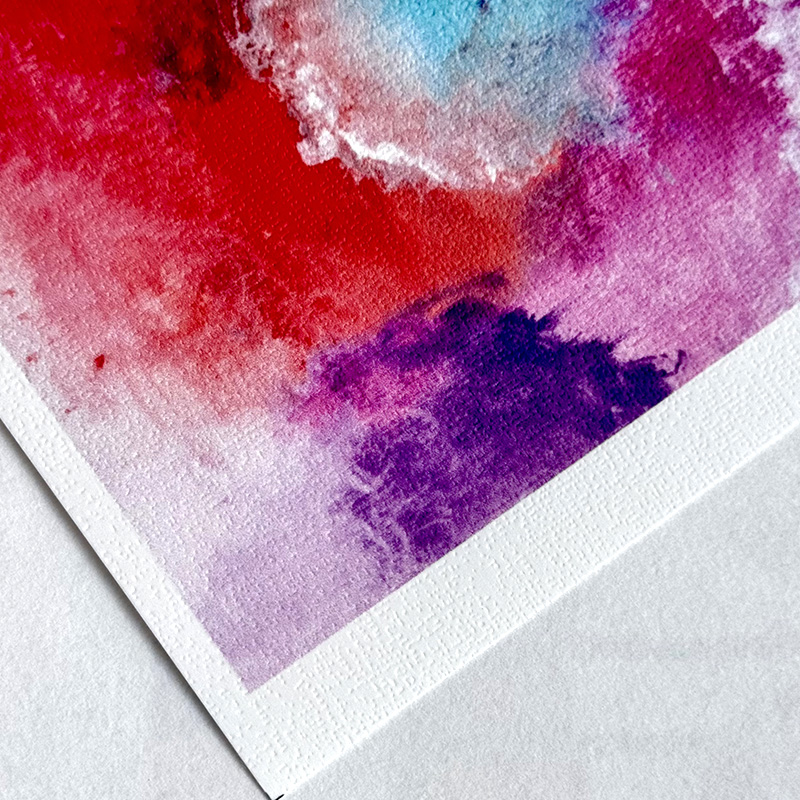

 中文简体
中文简体 English
English русский
русский Español
Español عربى
عربى

